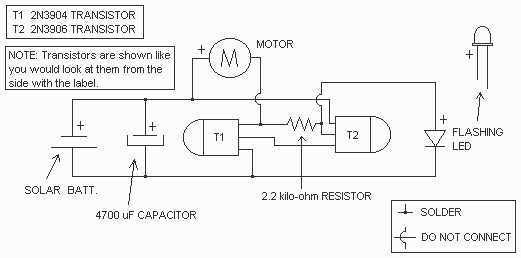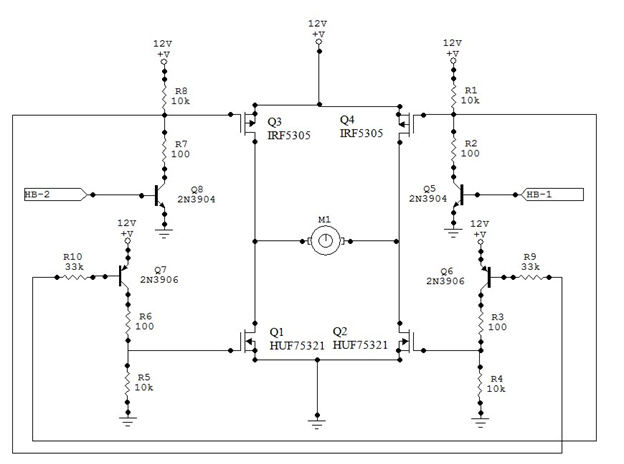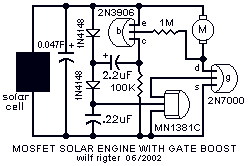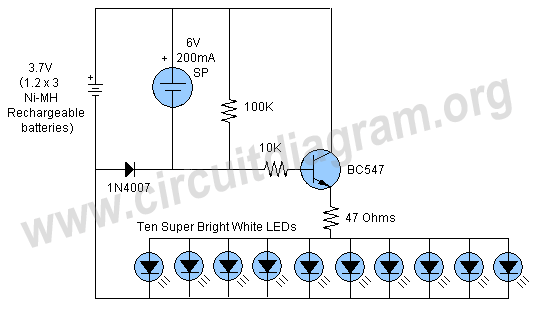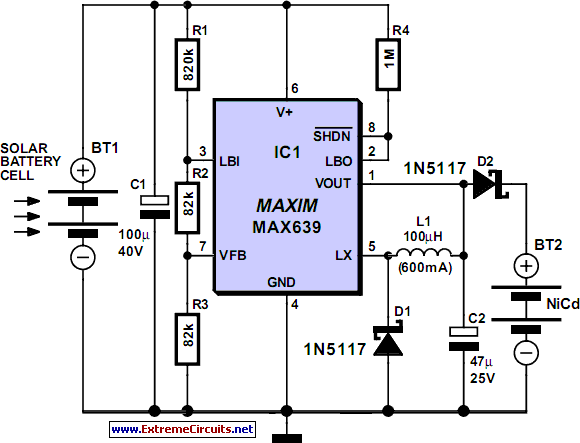
The D1 solar engine
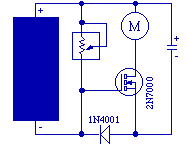
The design is simple, tuneable, but no longer terribly useful. This design has a number of weaknesses; courtesy of Wilf Rigter, here are a few:
The provided description indicates a circuit design that emphasizes simplicity and tunability, yet lacks practical utility in contemporary applications. Such designs often serve educational purposes, illustrating fundamental principles of electronics.
In analyzing the circuit, it is essential to consider its components and layout. A typical simple tunable circuit may include a variable resistor (potentiometer) for adjusting resistance, a capacitor for tuning frequency, and an inductor for establishing oscillation characteristics. The interaction between these elements forms the basis of a resonant circuit, which can be tuned to specific frequencies.
Weaknesses identified in such designs may include limited frequency range, poor stability, and susceptibility to noise. These issues can stem from component tolerances, circuit layout, and external environmental factors. For educational purposes, these limitations provide valuable insights into the challenges faced in electronic circuit design.
In summary, while the circuit may not be practically useful today, it serves as a historical reference and an educational tool for understanding basic electronic principles, illustrating the evolution of circuit design and the importance of addressing weaknesses in future developments.The design is simple, tuneable, but no longer terribly useful (I include it here just for purposes of education and folks` historical interest). This design has a number of weaknesses; courtesy of Wilf Rigter, here are a few: 🔗 External reference
The provided description indicates a circuit design that emphasizes simplicity and tunability, yet lacks practical utility in contemporary applications. Such designs often serve educational purposes, illustrating fundamental principles of electronics.
In analyzing the circuit, it is essential to consider its components and layout. A typical simple tunable circuit may include a variable resistor (potentiometer) for adjusting resistance, a capacitor for tuning frequency, and an inductor for establishing oscillation characteristics. The interaction between these elements forms the basis of a resonant circuit, which can be tuned to specific frequencies.
Weaknesses identified in such designs may include limited frequency range, poor stability, and susceptibility to noise. These issues can stem from component tolerances, circuit layout, and external environmental factors. For educational purposes, these limitations provide valuable insights into the challenges faced in electronic circuit design.
In summary, while the circuit may not be practically useful today, it serves as a historical reference and an educational tool for understanding basic electronic principles, illustrating the evolution of circuit design and the importance of addressing weaknesses in future developments.The design is simple, tuneable, but no longer terribly useful (I include it here just for purposes of education and folks` historical interest). This design has a number of weaknesses; courtesy of Wilf Rigter, here are a few: 🔗 External reference
